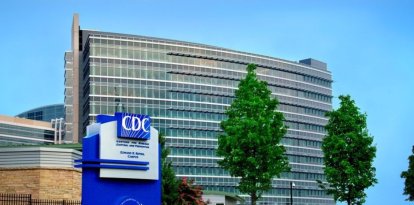The American Society of Health-System Pharmacists (ASHP) and the Utah Drug Information Service reported shortages of hundreds of drugs in the first quarter of 2024. There are currently 323 drug shortages, surpassing the maximum mark set in 2014 (320).
ASHP's executive director, Paul W. Abramowitz, issued a statement pointing out that some of the drugs that are currently out of supply are needed to treat diseases such as cancer, such as oxytocin, standard chemotherapy or painkillers and sedatives:
All drug classes are vulnerable to shortages. Some of the most worrying shortages involve generic sterile injectable medications, including cancer chemotherapy drugs and emergency medications stored in hospital crash carts and procedural areas. Ongoing national shortages of therapies for attention-deficit/hyperactivity disorder also remain a serious challenge for clinicians and patients.
Abramowitz blamed the federal administration, specifically the Department of Health and Human Services (HHS) for the shortage of hundreds of drugs in hospitals and other medical facilities:
ASHP joined a White House-sponsored roundtable in July, along with manufacturers, providers, and others, to discuss national shortages in key cancer medications and provide steps we believe the federal government could take to expand availability and access to medications. It’s gratifying that several of our most recent recommendations are now being considered by policymakers in the White House, Congress, and HHS. However, ASHP has serious concerns about HHS’ proposed financial penalties for hospitals that lack the resources to stockpile medications and take other suggested steps to mitigate shortages.
Million-dollar losses for hospitals
Before the ASHP, the American Hospital Association (AHA) also addressed the issue of drug shortages, which result in millions of dollars in losses for hospitals:
When a drug is in shortage, hospitals must find an alternative drug to provide their patients. “his process of finding and procuring an alternative drug can result in significant costs to the hospital. An analysis published in 2019 estimated that drug shortages result in at least $359 million annually in additional labor costs to hospitals. This comes on top of the estimated $200 million annually that hospitals and health systems spend paying higher prices to acquire alternative therapies. Due to the increased cost and necessity of treating patients in a timely manner, especially in cases of cancer and other serious illness, it is important to ensure the pharmaceutical supply chain is protected and priority drugs are identified and given special attention so that continual access is ensured for patients.


























